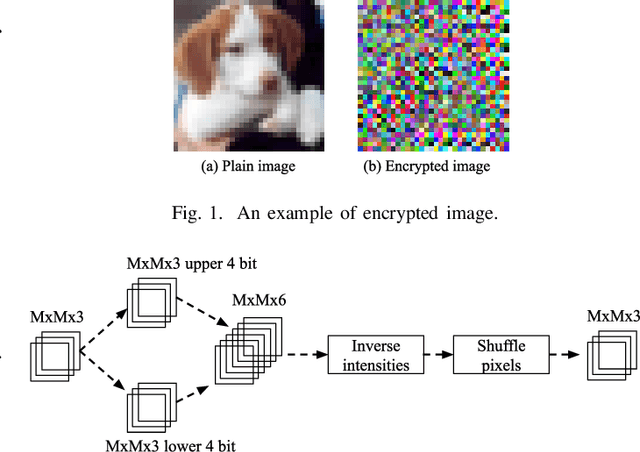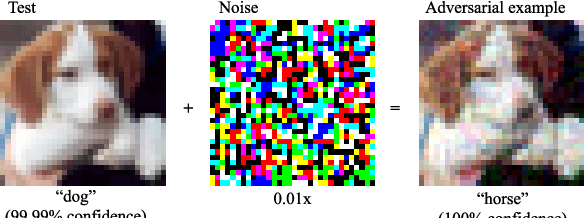Warit Sirichotedumrong
Typhoon 2: A Family of Open Text and Multimodal Thai Large Language Models
Dec 19, 2024



Abstract:This paper introduces Typhoon 2, a series of text and multimodal large language models optimized for the Thai language. The series includes models for text, vision, and audio. Typhoon2-Text builds on state-of-the-art open models, such as Llama 3 and Qwen2, and we perform continual pre-training on a mixture of English and Thai data. We employ post-training techniques to enhance Thai language performance while preserving the base models' original capabilities. We release text models across a range of sizes, from 1 to 70 billion parameters, available in both base and instruction-tuned variants. To guardrail text generation, we release Typhoon2-Safety, a classifier enhanced for Thai cultures and language. Typhoon2-Vision improves Thai document understanding while retaining general visual capabilities, such as image captioning. Typhoon2-Audio introduces an end-to-end speech-to-speech model architecture capable of processing audio, speech, and text inputs and generating both text and speech outputs.
Enhancing Low-Resource Language and Instruction Following Capabilities of Audio Language Models
Sep 17, 2024



Abstract:Audio language models can understand audio inputs and perform a range of audio-related tasks based on instructions, such as speech recognition and audio captioning, where the instructions are usually textual prompts. Audio language models are mostly initialized from pre-trained audio encoders and large language models (LLMs). Although these pre-trained components were developed to support multiple languages, audio-language models are trained predominantly on English data, which may limit their usability to only English instructions or English speech inputs. First, this paper examines the performance of existing audio language models in an underserved language using Thai as an example. This paper demonstrates that, despite being built on multilingual backbones, audio language models do not exhibit cross-lingual emergent abilities to low-resource languages. Second, this paper studies data mixture for developing audio language models that are optimized for a target language as well as English. In addition. this paper integrates audio comprehension and speech instruction-following capabilities into a single unified model. Our experiments provide insights into data mixture for enhancing instruction-following capabilities in both a low-resource language and English. Our model, Typhoon-Audio, outperforms existing open-source audio language models by a considerable margin, and it is comparable to state-of-the-art Gemini-1.5-Pro in both English and Thai languages.
Adversarial Test on Learnable Image Encryption
Jul 31, 2019



Abstract:Data for deep learning should be protected for privacy preserving. Researchers have come up with the notion of learnable image encryption to satisfy the requirement. However, existing privacy preserving approaches have never considered the threat of adversarial attacks. In this paper, we ran an adversarial test on learnable image encryption in five different scenarios. The results show different behaviors of the network in the variable key scenarios and suggest learnable image encryption provides certain level of adversarial robustness.
 Add to Chrome
Add to Chrome Add to Firefox
Add to Firefox Add to Edge
Add to Edge